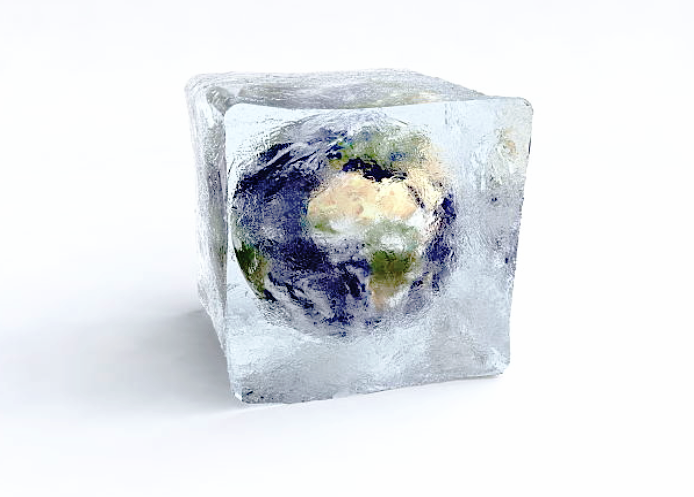By Stefano Nicola
I have some pretty interesting news to share today, so I hope you’re ready!
It is quite clear by now that a big chunk of the environmental global concern boils down to two things: energy production and energy consumption. The first item deals with how the energy we use to power our vehicles, households and devices is generated, (fossil fuels or renewables?), while the second one relates to how we consume it, (is it “clean” consumption and does it produce harmful waste?).
Both topics are worthy of being considered, and luckily both will be discussed in this article! More specifically, I will present two very interesting ideas that are currently being developed and worked on by different groups of scientists.
TP or Not TP?
The first topic deals with energy generation, and not only does it take a very original approach to it, but it also helps with an issue not everyone is familiar with, (and that most people react to with a big, fat, “YUCK!”) : What happens to our used toilet paper ?
Alright, alright! Perhaps I won’t go into the nitty gritty details, but it suffices to say that our …ahem...waste usually ends up in a wastewater treatment plant. These plants, as you can probably guess, deal with some pretty crappy issues, (get it, get it?), and are certainly some of the most useful, yet underrated facilities in the engineering world. They are usually fairly complex and involve pumps, giant lagoons, sensors and lots of very committed professionals.
Getting back to the original topic, the issue is that toilet paper requires some pretty intensive processing once it’s received at a wastewater plant, and it usually ends up being sent to landfills or incineration plants (again, after some intensive processing). As you might guess this isn’t a very “environment friendly” process.
Well, a group or researchers from the University of Amsterdam has been suggesting that you might be flushing away a greener future!
How so, you ask ?
The above-mentioned group of scientists found a way to process the used toilet paper they collected as sludge in a treatment plant and carefully dried, to produce methane gas (and some other by-products), which can be fed to specifically designed fuel cells and used as a very efficient way to produce electricity.
Residual heat from the fuel cell is used to dry out the next batch of toilet paper thus making this a “closed system” which is said to produce about one sixth of the emission generated by a traditional coal plant.
Pretty neat, isn’t it ?
Fuel cell waste conversion process. Source: UvA/HMIS
The study further concluded that, if this technology was to be adopted, the treatment plants around Amsterdam would save 40% of the energy used to separate toilet paper AND the energy harvested by the dried up cellulose could power up as many as 6,400 households.
BUT, yes, there is a but (I’ll spare you the obvious joke!), fuel cell technology cannot yet provide a cost-effective solution for integration into this system. We will have to wait; however, we are certainly on the right track!
A Breath of Fresh Air
Before we get onto this topic, first a question:
When hearing about pollution, CO2, the environment, and possible solutions to global warming, have you ever imagined giant machines that could “filter out” all these bad particles from the air?
Have you? Please say yes, because I have!
That being said, behold! I can finally say to all those tree-hugging friends “AH I TOLD YOU”.
Why? Well, here comes the interesting part : Climeworks, (a spin-off of the ETH Zurich University), has opened the doors to the world's first commercial facility that can extract carbon dioxide from the air!
Where, you say ? The answer is in beautiful Switzerland. It was estimated that the plant would capture 900 tons of CO2 per year, with the potential for this technology to cut CO2 emissions by 1% towards the end of 2025. I’m sure this doesn’t sound like much, but it is a huge leap in technology. Climeworks founders Christoph Gebald and Jan Wurzbacher explained that the facility works with two collectors, (large boxes with filters). When the filters within the boxes are saturated, they get heated up to 100 degrees to extract the carbon dioxide and re-generate the filters. What’s extracted will then be used to accelerate the growth of lettuce in a nearby agricultural firm, the waste incineration plant will provide the heat and renewable energy to run the filtering facility.
The Climeworks facility in Switzerland. Source: http://www.livescience.com
The filtering cost has been drastically reduced from previous experiments, proving that this is becoming a feasible procedure to help in solving the global warming issue. Research in partnership with Audi is also being conducted to assess feasibility of a CO2 based fuel.
Once again, high five to the green scientists!
Be sure to keep an eye out for more (CO2)OL news with WOC in the future. To learn more about the topics I touched on, check the links below!
ADDENDUM
Toilet paper into electricity :
https://www.livescience.com/60448-used-toilet-paper-turned-into-electricity.html
http://onlinelibrary.wiley.com/doi/10.1002/ente.201700247/full
CO2 Filtering :
https://www.livescience.com/59308-facility-captures-carbon-dioxide-from-atmosphere.html



